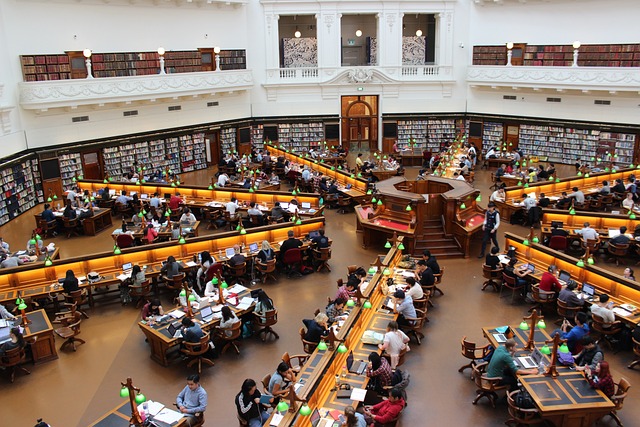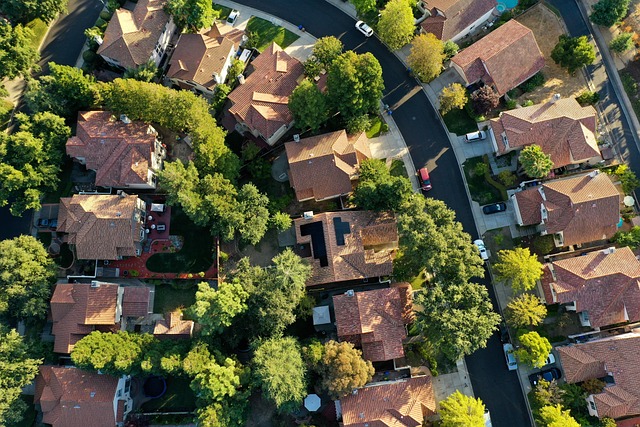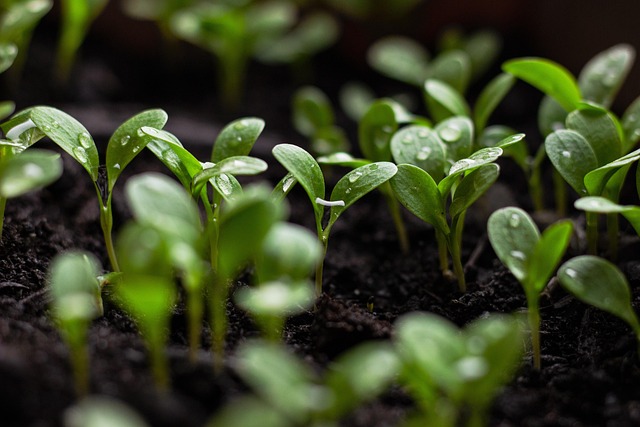Sustainable practices in student housing aren’t just a trend, but an essential step towards a greener future. As young minds shape tomorrow’s world, understanding and adopting eco-friendly living is crucial. From energy conservation in dorms and common spaces to waste reduction strategies like recycling and composting, this article explores practical tips for students eager to make a difference. Discover how simple lifestyle choices can contribute to a healthier planet, leaving a positive impact that lasts long after graduation. Embrace these green student tips and lead by example.
- Understanding Sustainable Student Living: The Why and How
- Energy Conservation: Powering Green Dorms and Common Spaces
- Waste Reduction Strategies: From Recycling to Composting
- Water Stewardship: Every Drop Counts for Students
- Eco-Friendly Decor and Lifestyle Choices: Personalizing Your Space
Understanding Sustainable Student Living: The Why and How

Energy Conservation: Powering Green Dorms and Common Spaces

In the pursuit of sustainable practices, energy conservation plays a pivotal role in making student housing greener and more environmentally friendly. One of the most effective ways to achieve this is by adopting power-saving measures in both dorms and common spaces. Simple yet impactful green student tips include switching to LED lighting, which uses up to 75% less energy than traditional incandescent bulbs, and programming thermostats to adjust heating and cooling based on occupancy. Additionally, utilizing natural light during the day can significantly reduce electricity consumption.
Encouraging residents to unplug appliances when not in use and opt for energy-efficient gadgets is another crucial step. Installing solar panels or exploring renewable energy sources like wind power can further decrease the carbon footprint of student housing. By integrating these green student tips, dormitories and common areas can become models of sustainability, contributing to a broader culture of environmental responsibility on campus.
Waste Reduction Strategies: From Recycling to Composting

Water Stewardship: Every Drop Counts for Students

Water stewardship is a crucial aspect of sustainable practices in student housing, and it’s one where every drop truly counts. Students can play a significant role in reducing water consumption and promoting conservation on campus. Simple green student tips like fixing leaks promptly, turning off taps when not in use, and adopting efficient showering habits can collectively make a substantial impact. By being mindful of their water usage, students can contribute to preserving this precious resource for both the environment and future generations.
Additionally, using low-flow fixtures and appliances, such as water-efficient showerheads and faucets, can significantly reduce water waste without compromising functionality. Encouraging campus communities to embrace these practices not only promotes sustainability but also fosters a culture of responsibility and environmental awareness among students. After all, every drop saved makes a difference in the global effort to protect our planet’s water resources.
Eco-Friendly Decor and Lifestyle Choices: Personalizing Your Space

Creating an eco-friendly living space is an excellent way for students to contribute to sustainable practices while also personalizing their environment. Simple swaps can make a big difference; opt for natural, non-toxic materials for bedding and furniture, and choose plants over artificial decor to improve air quality and add a touch of nature to your room. Using energy-efficient light bulbs and appliances reduces energy consumption, and incorporating reusable items like cloth towels and bags helps minimize waste.
Students can also implement sustainable habits in their day-to-day lives. This includes reducing water usage by fixing leaks and taking shorter showers, as well as adopting a meat-free diet or reducing meat intake to lower carbon footprints. Composting food scraps and recycling materials are additional green student tips that contribute to a healthier planet. By making these choices, students can create a more sustainable and personalized living space that benefits both themselves and the environment.






